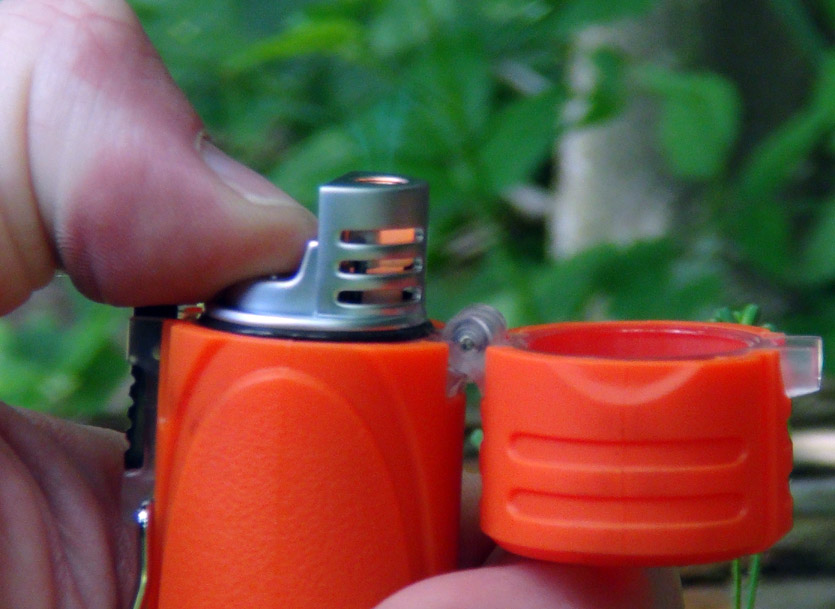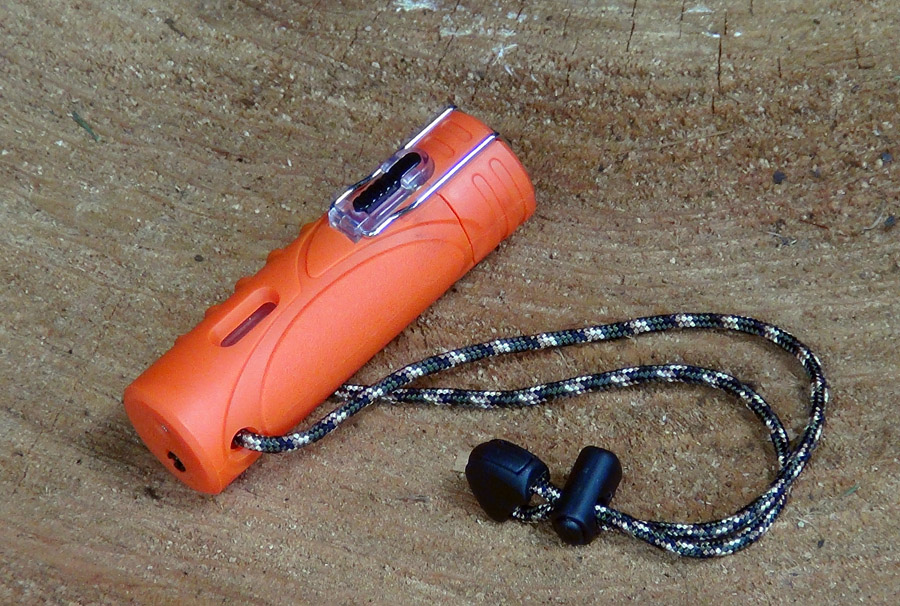If you’re looking for your big break in the adventure television industry, or simply want to test out your uber survival skills, this may be what you’ve been waiting for.
I received a Casting Call email from Natalie x at Leftfield Entertainment for a new survival series. This one sounds pretty real and pretty serious to me. It isn’t the first time I was contacted for a survival themed series (I was contacted about a survival/prepper series that I didn’t want to touch), but this is the first one that I really want to apply for.
Doing some research, Leftfield entertainment has produced programs for The History Channel, Discovery, A&E amd National Geographic, so you know this is a serious offer. So what’s it about? Here is the Casting Call:
MAJOR CABLE NETWORK IS SEARCHING THE COUNTRY FOR SELF RELIANCE EXPERTS FOR A SURVIVAL EXPERIMENT LIKE NO OTHER…
In the real world, survival is not a game and there is little room for failure. Survival is a matter of self-reliance that cannot be faked.
Are you a TRUE survivor in every sense of the word? Is self-reliance a way of life for you?
Do you believe that the act of survival has become trivialized in popular culture today?
Do you want to prove that you have the skills, determination, willpower and strength to take part in THE ULTIMATE survival experience?
No gimmicks. No film crew. No games.
From the producer’s who brought you Pawn Stars and American Restoration on The History Channel and Clash Of The Ozarks on Discovery comes the biggest survival experiment ever attempted. The series will feature a group of self-reliance experts as they battle the elements and fight to survive on their terms with nothing but what they can carry on their backs. Their mission: to survive alone in the wild and document their journey every step of the way.
Whether you’re an outdoorsman, homesteader, adventurist or survivalist, if you’re ready to take on the survival challenge of a lifetime, we want to hear from you!
To learn more, please email casting@leftfieldpictures.com with your name, contact information, a recent photo and a description of your self-reliance experience.
——-
So, Is this the show you’ve been waiting for?
I really like that it’s filmed by the participants. Of course the footage will be edited, but it seems like what happens will be in the hands of the participant. The survival will be a lot more authentic, the challenges will be real. If I was ever to apply for a show, this is the one I would feel most comfortable participating in it.
So, what do you think? Would you watch this show? Are you going to send in your application to participate? How long do you think you (or I for that matter) would last on a show like this?
 The Outdoor Adventure Giving you tips, tricks & recommendations to help make adventuring in the Outdoors fun, safe & exciting for you and your kids.
The Outdoor Adventure Giving you tips, tricks & recommendations to help make adventuring in the Outdoors fun, safe & exciting for you and your kids.






